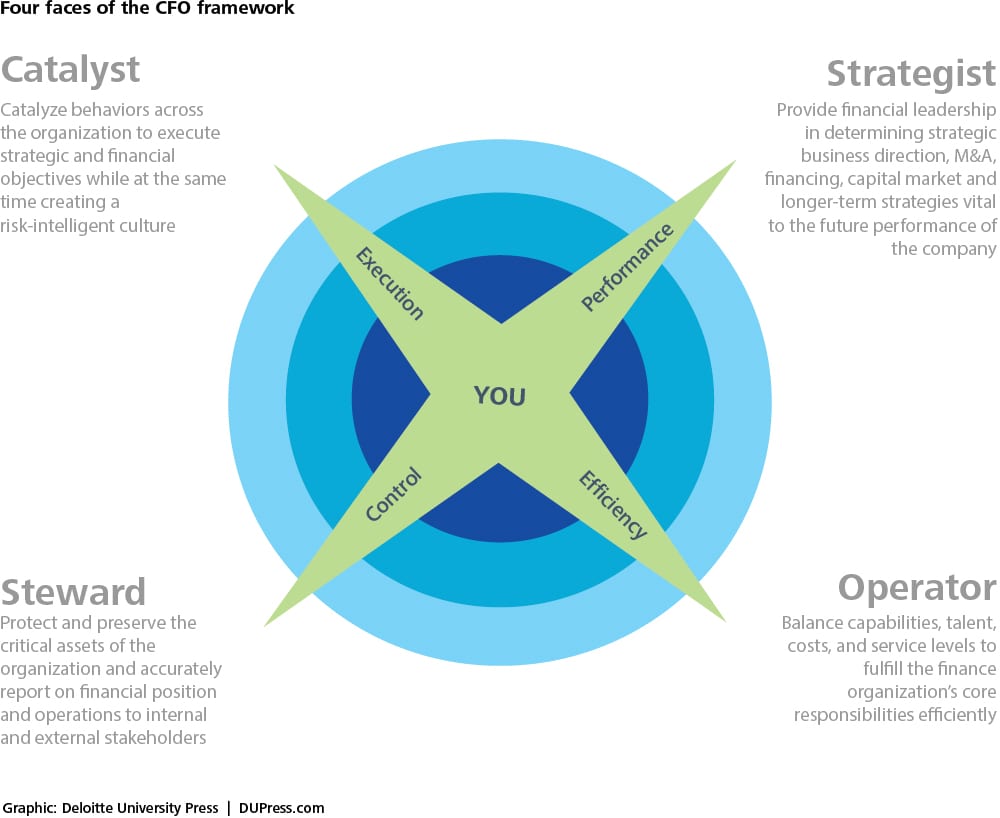Elevate your transition priorities has been saved

Elevate your transition priorities
13 June 2014
Explaining priorities with reasonable specificity and articulating the ways they will help your key stakeholders is of the utmost importance.
Most incoming executives undertake a listening tour of key stakeholders and staff during their first 30–60 days in an effort to establish or reset relationships with key stakeholders. These listening tours help newcomers as well as internally promoted executives to assess the needs of their organizations so they can frame and communicate priorities, shape their organizational agendas, and manage stakeholders’ expectations.
Our transition labs help new CxOs frame their most critical priorities. Believe it or not, many executives come into our labs after 3–6 months without crisp language that articulates their most important priorities. All too often, priority agendas are little more than a shorthand list instead of a carefully crafted message that can establish expectations among stakeholders. But it’s important to literally create an elevator pitch of your priorities. Taking time to clearly articulate signature priorities provides focus to your direct reports and your organization, and it helps you succinctly communicate the value you are bringing to your organization as well as the way you will attend to issues over time.
Having delivered hundreds of labs, we have a good idea of the key issues that many new CxOs face. To expand their consideration set of potential issues, we provide between 40 and 60 priorities across the four faces of their role, which are customized to their organizations. The CxOs are then invited to select priorities that are important for their organizations. Typically, they select about 20 priorities and sort them in terms of relative importance and urgency
One way to get at the really important priorities is to assess, at a gut level, what you wish for in each of the four faces of the CxO. Then, identify the things you have to do to realize each of these wishes. The actions to be taken can then become critical priorities in the transition.

Once a broad set of priorities has been selected, the next step is to tighten them and create an elevator pitch for up to five signature priorities. Generally, we find that there is simply not enough time in the day to own and attend to more than five priorities.
After hundreds of transition labs, a plethora of priorities have emerged, but for CFOs, five issues reappear with the greatest frequency:
- Talent
- Partnering with business leaders
- Corporate strategy
- Financial planning and analysis
- Operations
But merely listing the issues does not constitute a properly framed set of priorities. It is important to frame the issues into more tangible and impactful statements that give key stakeholders a sense of why an issue is important and how addressing it can make their life easier.
To this end, if we were to turn the list of five recurring issues that CFOs face into tangible and impactful priorities, the new list may look something like this:
- Develop the finance team, and recruit critical talent to deliver a finance organization that’s able to partner with the business.
- Reset partnerships with the businesses to proactively deliver facts that support decision making. For example, we will clarify why finance requests certain data so it no longer feels like “the black hole” of requests for business information.
- Align our capital strategy to cost-efficiently finance the corporate strategy.
- Improve financial planning and analysis capabilities to better forecast key business metrics and support decision making.
- Deliver $500 million in operational cost savings.
The elevator pitches on these revised priorities share two characteristics: they explain what you are trying to accomplish, and they articulate an outcome that will help your stakeholders. Creating and consistently communicating the elevator pitches on your five signature priorities for the next six months to a year sends a clear signal to stakeholders as to where you will focus your time and why.
During your listening tour, you will likely hear a lot of priorities, and there are probably at least fifteen other important priorities on your organization’s importance-urgency chart that didn’t make your initial list. But if it is not realistic for you to drive them, you may delegate them to some of your staff. When you disappoint a stakeholder because their priority is not immediately on the list, you can go back and negotiate the timing by which it may be engaged. But staying focused on a few key priorities is crucial when it comes to garnering tangible business results.
The takeaway: All too often, incoming executives do not clearly and consistently articulate their key priorities. Explaining priorities with reasonable specificity and articulating the ways they will help your key stakeholders is of the utmost importance. If Shakespeare was right when he said that “brevity is the soul of wit,” succinct communication can go a long way in fostering confidence in your capabilities as a leader.
© 2021. See Terms of Use for more information.
